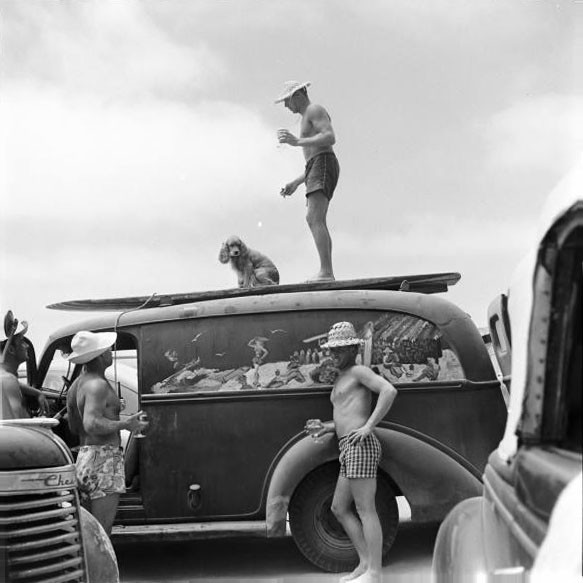
Have you ever looked at your boardshorts and wondered, “how on earth has this simple item of action sports attire come to be?”. Of course not. But stay with us on this…
That humble bundle of material has come on a long journey through sun, sea and skin-rashes since it’s conception in the 1950s. Let’s take a gander at the history of comfort on the waves…
“The original boardshorts were once compared to ‘wearing denim in the sea'”
Boardshorts have their beginnings in Hawaii, when local ‘tailors’ would create custom trunks for keen surfers in the 1950s.
Popular stores could be found in a whole bunch of places we don’t know how to pronounce, such as Take’s in Waikīkī, Minoru Nii’s in Mākaha and the H. Miura Store in Hale‘iwa.
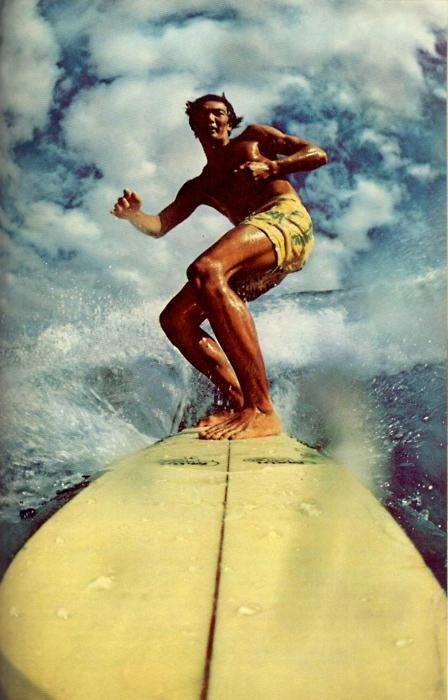
Minoru Nii used heavy canvas with a laced waist for his original model. Over time, Hawaiians made suggestions for improvements and Nii’s shorts were scaled up and christened ‘Drowners’.
Legend has it, they called them Drowners because the new boardies didn’t slip off one’s backside when they wiped out, unlike the old ones.
Pairs became highly prized as surfing culture started to take off, with wave-chasers heading to Hawaii from all over the globe and taking a pair of Drowners back home.
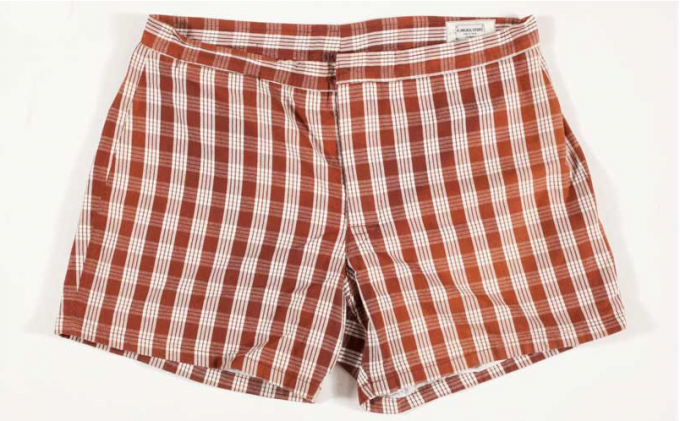
During the 60s, a bunch of amateur boardshort makers popped up over Hawaii and beyond, each constantly working on creating shorts that were more optimised for the sport.
Jantzen, Sundek, Surf Line Hawaii, Jams World, and Ocean Pacific are just some of the brands that sought to improve an experience that was once compared to ‘wearing denim in the sea’.
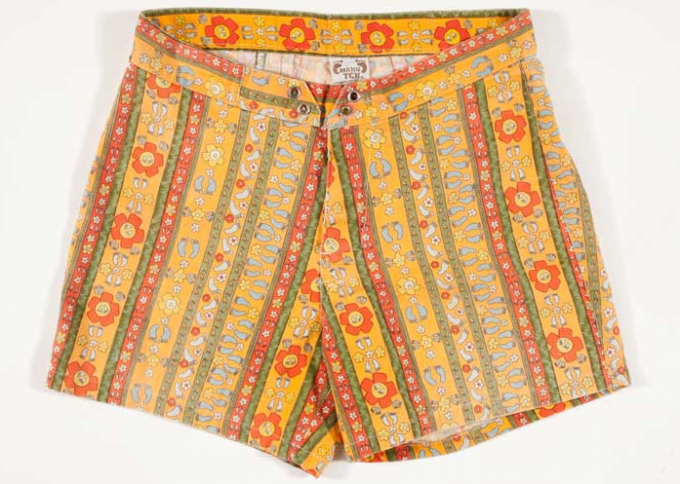
One of these brands – Hang Ten, founded in 1960 – was surfing’s first true California lifestyle brand with two golden footprints on the label of each pair of their cotton boardshorts.
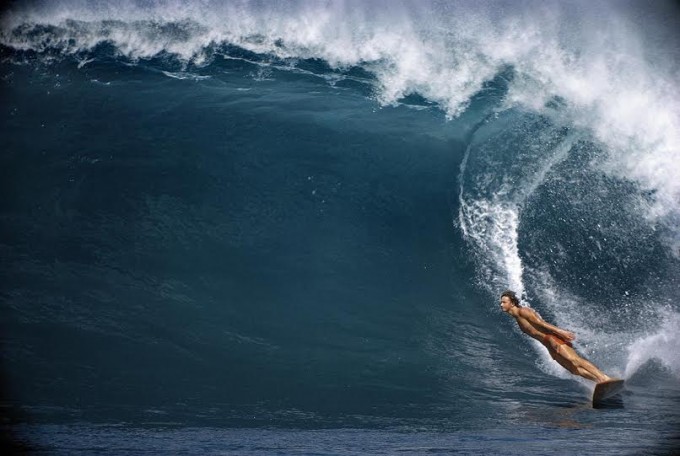
1969 saw the birth of the big boys, Alan Green, Carol McDonald and Tim Davis who started Quiksilver in Australia. They were first to use two snaps and velcro to fasten their shorts, earning them the title of the first company to create a ‘technical’ board short.
Around this time many companies started to experiment with nylon and other materials, while Quiksilver’s low-riding waistband became a new industry standard.

Jeff Hackman and Gerry Lopez, two of the best American surfers of the age, decided to take the Quiksilver shorts they’d be wearing back to the States. They thought they were super comfortable and looked hella nicer than what had come before.
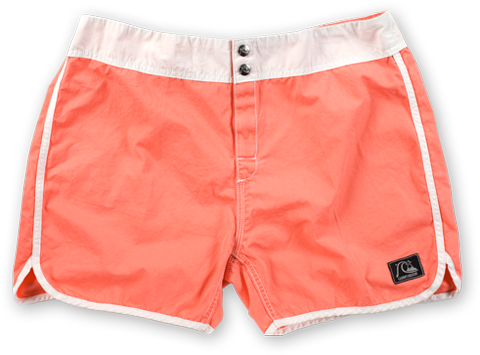
Quiksilver continued innovating over the next decade, adding a scalloped edge – inspired by running shorts – to their models in order to provide surfers with even more freedom of movement.
And of course, as we creep towards the Eighties, everything starts to get a bit neon…
Billabong joined the club in ‘73, started by Australian surfer Gordon Merchant. He ensured his designs were tough and resistant enough to cope with the powerful waves of the Gold Coast.
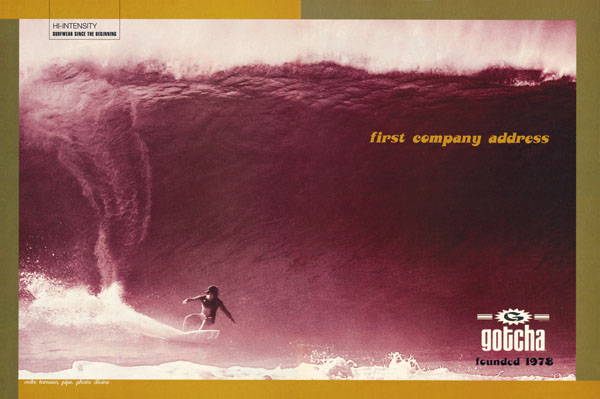
In 1978 we got Gotcha. Born in Laguna Beach, they started selling longer, Bermuda style shorts with a punk ethos and loud designs in 1982.
These were matched only by Quiksilver’s Echo Beach range, designed as a homage to New Wave pop. Billabong introduced Lycra and everyone duly followed.
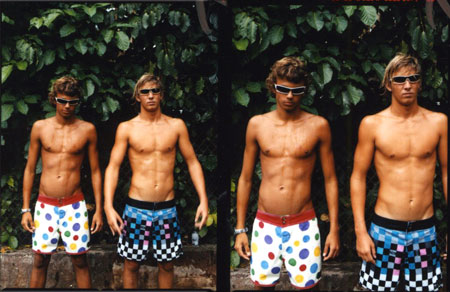
The 90s brought boardshorts with patterns like the titles from Saved By The Bell.
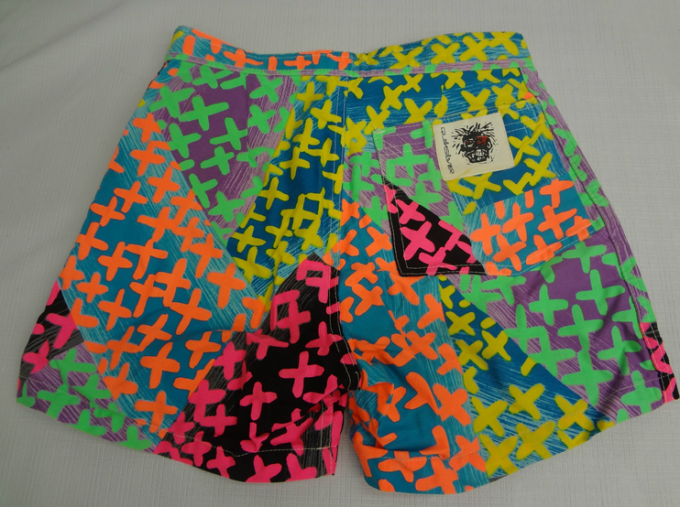
Graffiti had a massive influence on the artistic side of boardshort design, while technical side continued to inch ever closer to modern materials – microfibre models starting to make an appearance.
Boardshorts also became day-to-day summer wear in the USA and beyond, resulting in a lot of men being chuffed about going commando to the shops in them.
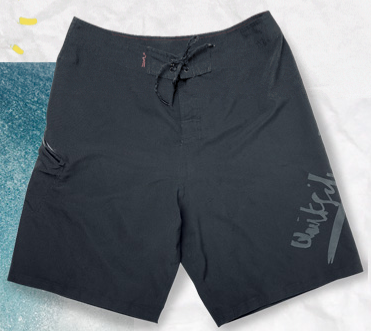
Finally technology truly caught up with the needs of surfers in the Noughties, who had spent years getting rashes and having their pubic hair stuck in velcro.
This stuff still goes down, obviously, but quick-drying microfibre, horizontal stretch fabrics and stitchless, welded seams now minimise painful moments for those not silly enough to surf in the buff (like Coco Ho).
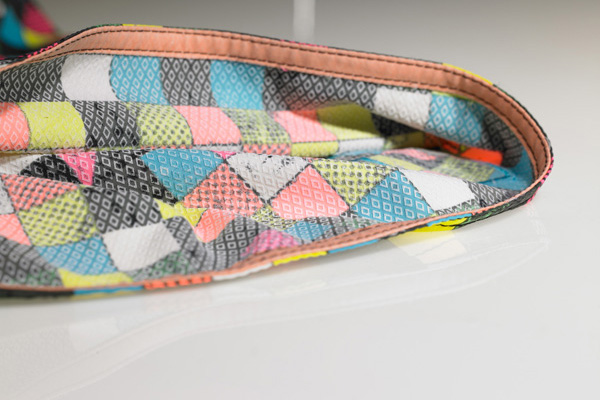
The most recent step-up by the dudes at Quiksilver has been the Diamond Dobby pattern, inspired by the elf from Harry Potter’s love for surfboarding.
We may have made that up.
But the little diamond shapes inside these boardies does mean there is 30 per cent less skin rubbing against them, giving rashes another massive kick up the arse. Good job Quiksilver.
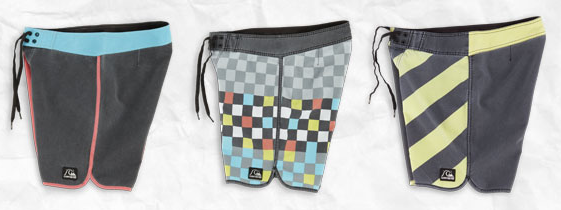
And now? Well you can buy loads of vintage styles with the updated fabrics and tech from a myriad of brands. Because, awesomely, vintage and heritage is cool. Who doesn’t want to pretend to live in the 60s?
You might also like…
12 Tragically Bad Attempts To Combine High Fashion And Surfing